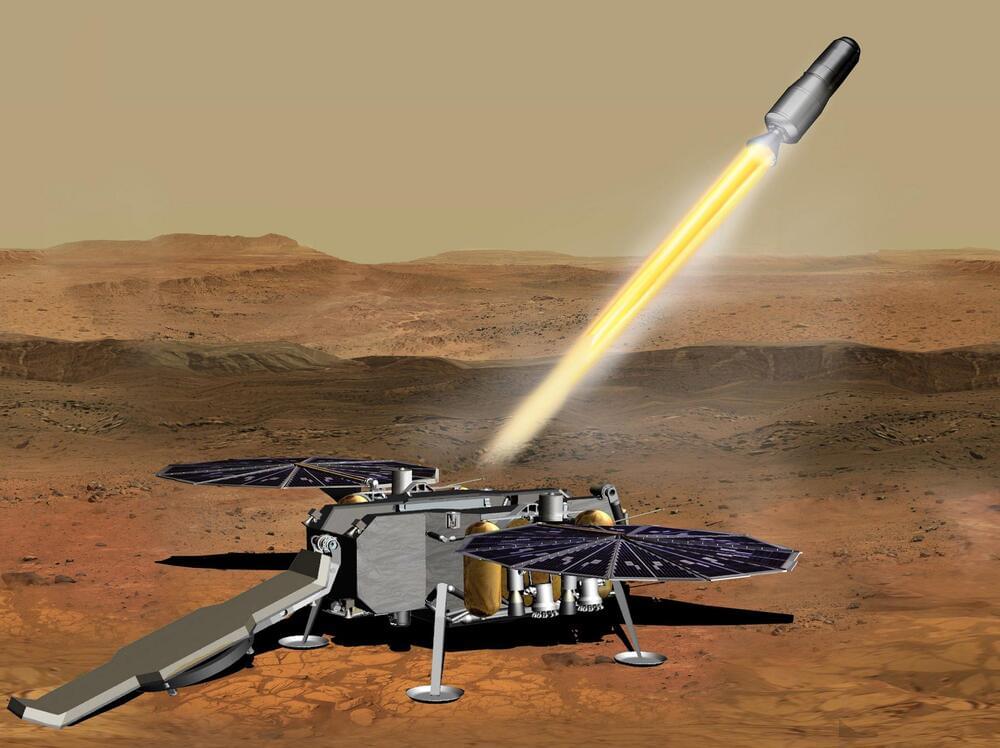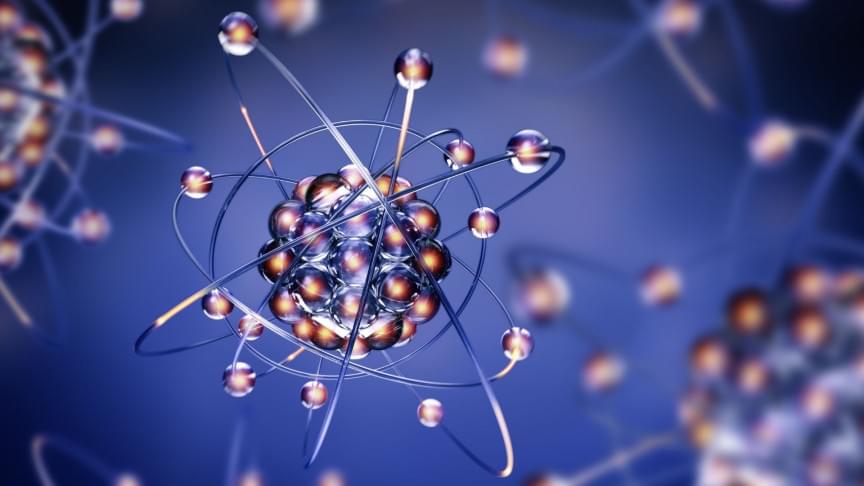Julie PhelpsThere should be NO nuclear at all.
Kyle SagerAug 2020…
I’ll have what Elon Musk is having.



Measuring Human Biology in Action, To Cure, Prevent Or Manage All Diseases — Dr. Stephani Otte, Ph.D., Science Program Officer, Imaging, Chan Zuckerberg Initiative.
Dr. Stephani Otte, Ph.D is Science Program Officer, Imaging, at the Chan Zuckerberg Initiative (https://chanzuckerberg.com/), who leads the organization’s Imaging program and is focused on the creation, dissemination, optimization, and standardization of transformative imaging technologies.
Prior to CZI, Dr. Otte was Director of Science at a neuro-technology / microscopy company, Inscopix, involved in accelerating brain science and innovating mini-scope microscope solutions for real-time mapping of the human brain and it’s circuits.
Dr. Otte received her Ph.D. in Neuroscience at the University of California, San Diego, and did postdoctoral fellowships in systems neuroscience at the Salk Institute and University of California, Berkeley.
The Chan Zuckerberg Initiative is an organization established and owned by Dr. Priscilla Chan and her husband, Facebook founder Mark Zuckerberg, with a focus on science, education, immigration reform, housing, criminal justice, and other local issues, with a mission to “build a more inclusive, just, and healthy future for everyone” and to “advance human potential and promote equality in areas such as health, education, scientific research and energy”.
Rhiannon Zos Sol’RhāTalked to her once on a conference brilliant woman.
2 Replies.
Vanessa YelenaNo we aren’t yet. We have just started the journey towards it.
1 Reply.
View 3 more comments.
Montie Adkins shared a link.

An EV may be your next tow vehicle — and the options just keep getting better.
If you’re looking for the best EV for towing a trailer or boat, you’re in luck. There are more electrified cars and trucks available in the automotive marketplace today than ever before, and quite a few are engineered to tow some substantial weight.
A complete compendium of those EVs offering maximum trailer weight ratings of at least 1,500 pounds could go on forever. You don’t have forever, so we rounded up a representative group of the electric vehicles available today that offer maximum trailer weight ratings ranging from 1,500 to 10,000-plus pounds. One of these smart and powerful EVs just might be your best EV that can tow.


The award brings NASA a step closer to the first robotic round trip to bring samples safely to Earth through the Mars Sample Return Program.
NASA has awarded a contract to Lockheed Martin Space of Littleton, Colorado, to build the Mars Ascent Vehicle (MAV), a small, lightweight rocket to launch rock, sediment, and atmospheric samples from the surface of the Red Planet. The award brings NASA a step closer to the first robotic round trip to bring samples safely to Earth through the Mars Sample Return Program.
“This groundbreaking endeavor is destined to inspire the world when the first robotic round-trip mission retrieves a sample from another planet – a significant step that will ultimately help send the first astronauts to Mars,” NASA Administrator Bill Nelson said. “America’s investment in our Mars Sample Return program will fulfill a top priority planetary science goal and demonstrate our commitment to global partnerships, ensuring NASA remains a leader in exploration and discovery.”

